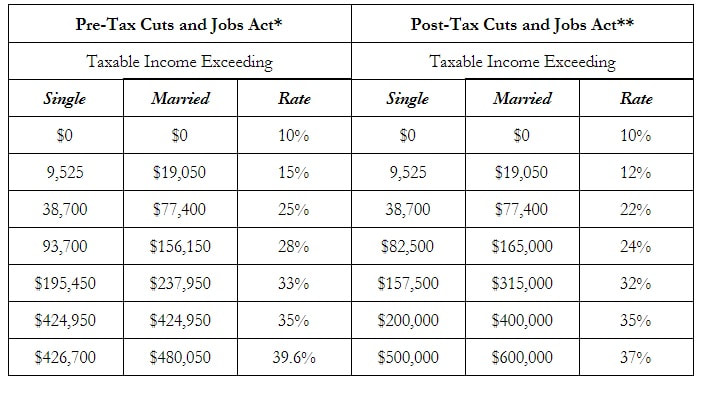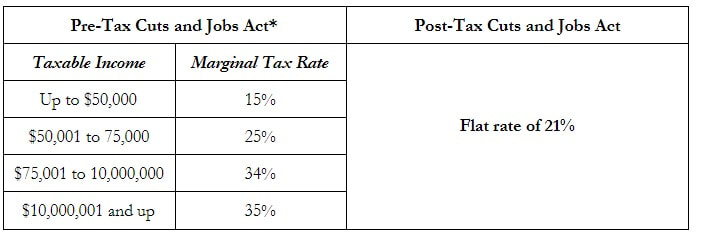Since 2009, when Bitcoin began attracting followers in earnest, numerous cryptocurrencies (“crypto”) have emerged; these various cryptos eventually turned into their own industry. The speculative nature of crypto, as well as the somewhat frenzied public attention focused on them, attracted incredibly large amounts of traders to the industry. Consequently, the IRS began paying attention and eventually provided some initial guidance on how to report income and expenses derived from trading crypto. Unfortunately, the guidance was somewhat sparse; the guidance did, however, clearly define crypto for federal tax purposes. Pursuant to such guidance, crypto was not an eligible currency, able to be used for reporting tax under Code § 985. (See Internal Revenue Service Notice 2014-21).
Crypto traders varied with respect to whether, and how well, they could embrace this guidance. Some traders were puzzled and daunted by the requirement to track the basis or fair market value of their crypto, and to provide both basis and fair market value in USD regardless of whether or not they actually received real USD from the crypto transaction. Every single disposition of crypto, according to the guidance, regardless of whether a trader realized USD gain or loss from the transaction, must be reported on the traders’ tax returns. Furthermore, pursuant to the guidance, Schedule D and Form 8949 were to be used to list every single crypto trade; as traders and their tax preparers soon realized, without special software or extreme, painstaking care, it is almost impossible to gather up and record accurately all of this required information, particularly when a trade was made with an exchange that did not provide all the requisite information. In many cases, the traders did not have proper support from the exchanges and/or were discouraged with the volume of work that was necessary to achieve compliance as required under the guidance.
Nevertheless, the IRS “reminded” approximately 10,000+ taxpayers of their crypto reporting requirements in July, 2019. (See IR-2019-32). The IRS undertook its so called “Virtual Currency Campaign,” which is officially now one of the IRS’s five large business and international compliance campaigns, and in light of the campaign the IRS revised its Schedule 1, beginning in tax year 2019, and now requests all taxpayers to attest to the following question:
“At any time during 2019, did you receive, sell, send, exchange or otherwise acquire any financial interest in any virtual currency?”
Accordingly, tax preparers, tax attorneys, and interested parties have spent countless man hours reviewing the IRS’s guidance and “Virtual Currency Campaign” messaging. This focus by non-IRS personnel has revealed what may be very small wiggle room for taxpayers to insist that their cryptocurrency token(s) are not actually Virtual Currency. The IRS defined Virtual Currency as a digital representation of value that functions as a medium of exchange, a unit of account, and/or a store of value. After all, each token is so different in its utility, or with respect to its purpose and end goal, that one may be able to avoid categorizing any and all crypto tokens into the category of this Virtual Currency.
Nevertheless, it is to be seen if there are taxpayers gutsy enough to say “no” to the question above when they have undoubtedly traded cryptocurrency during the tax year. Are any taxpayers willing to take a risk to make their reporting position from murky and confused status to willful failure by supplying the information under Section 7203? We don’t believe so. That’s why we strongly recommend that anyone who received, sold, sent, or exchanged cryptocurrency during the tax year discuss their situation with qualified tax attorneys to find options to address their situation, whether or not there was any unreported gain or loss.



 RSS Feed
RSS Feed